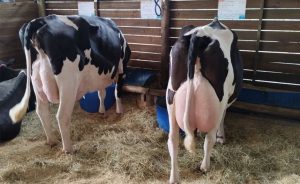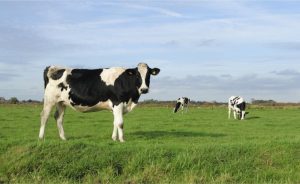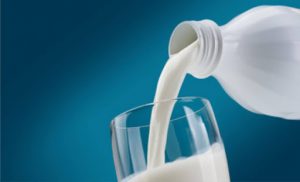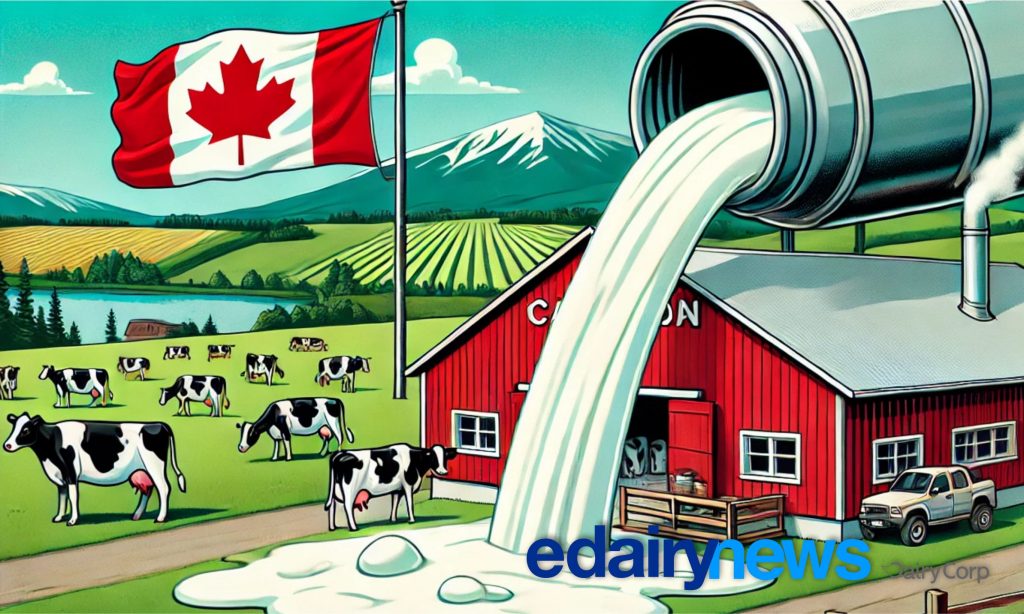This meant, to achieve a score 7 or 8 farmers would have to have their herd tested by June 2019 and receive test results by September 2019.
If this deadline was not met, farms would be automatically placed on a score 4 if they have a standing biosecurity plan in place and no clinical cases of JD.
For the farms who got their herds tested prior to the June 2019 testing cut-off date to achieve a score 7 or above, they need to maintain an active biosecurity plan, get their herd tested and receive a negative JD test every two years.
To maintain or achieve a score 8, the active biosecurity plan needs to be overseen by a veterinarian annually.
What happens to your JD score when you introduce cattle from another property?
Whether it be from interstate or another farm in Queensland, combining herds or introducing new animals into your herd means your JD score will be affected.
The JD score will be based on the lowest score of the herd(s).
For example, if your current herd is a score 6 and the animals entering your property is a score 8, your JD score will remain a 6.
Another example would be the opposite, where you introduce animals who have a lower score.
Your JD score would now be that of the new animals e.g. your herd is a score 7, and the introduced animals are a 5 – your score will now be a 5.
It is important to note that the JD score cannot move up through introducing animals with a higher score onto your farm.
Improving your score can only be achieved through having consecutive negative JD test results of your herd.
The ADF Johne’s disease score page outlines in detail what testing regimes and management plans are required to lift or maintain your score.
If tested prior to the June 2019 cut-off, your herd will need to be tested before June 2021 to maintain this score.











